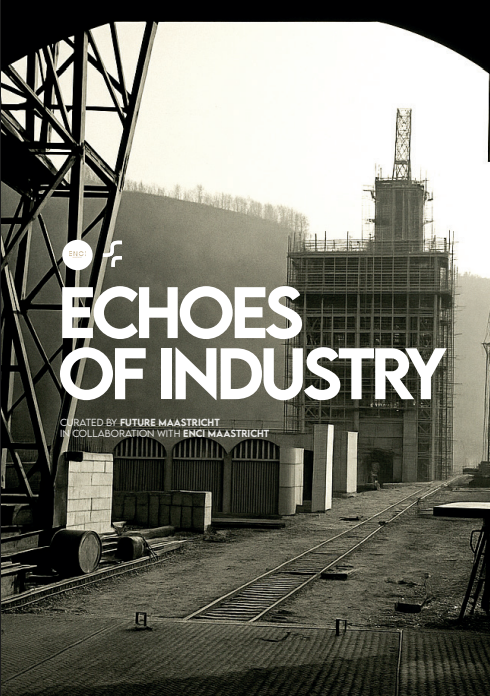
Echoes of Industry
Industry Reborn as Art
€9.90
Places refuse to be reduced to the silence of ruin. The former ENCI industrial complex in Maastricht is one of them: an organism that, even after the end of its productive function, continues to pulse with life, memory, and possibility. Every wall marked by time, every void left by extraction, every fragment of limestone dust preserves the traces of an era when the entire city breathed to the rhythm of industry. Industrial archaeology teaches us that such sites are not relics, but living archives. They safeguard not only the history of labor and the communities that inhabited them, but also a material grammar that still speaks to the present. The austere monumentality of ENCI’s structures, the articulation of its volumes, the landscape both scarred and shaped by extraction, stand today as testimony and as warning: an intertwining of pride and vulnerability, of productive power and ecological fragility. Echoes of Industry was conceived to listen to this voice. Not as an act of mere preservation, but as a gesture of symbolic reactivation. The exhibition is part of a larger process of transformation that seeks to return a future to ENCI—not as a ruin to be contemplated, but as a cultural hub to be inhabited. A place capable of welcoming new communities, of becoming laboratory and platform, of regenerating a material legacy and turning it into cultural infrastructure. This volume serves as a companion to that process. Not a catalog in the traditional sense, but a reflective archive: a text that conveys the historical and landscape density of the site, revealing how time and matter themselves can become the true protagonists of the narrative. The following pages do not merely describe a context; they bear witness to the beginning of a metamorphosis: that of a place which, far from being obsolete, reveals its profound capacity to become future. In the transition from industry to culture, ENCI stands as a paradigmatic example of how industrial archaeology can be translated into contemporary vision. Here, ruins become foundations, and what once was an echo of the past turns into a voice for generations to come.